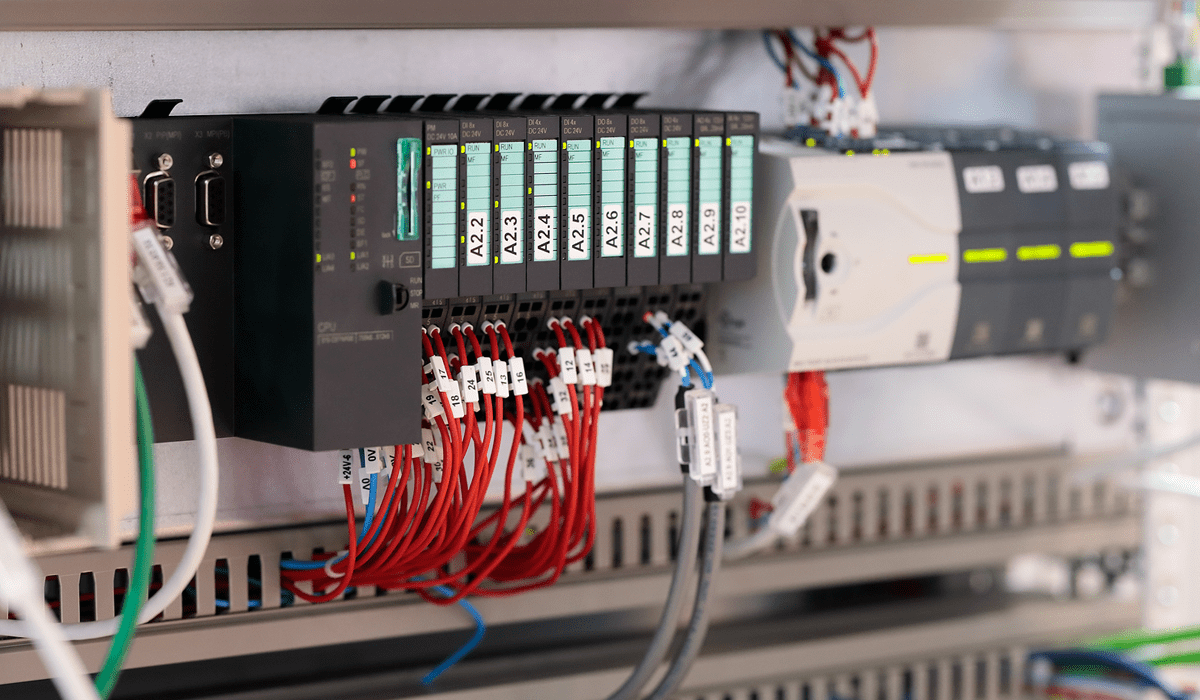Fundamentals of PLC Programming
ISBN Number: 978-1-4276-4598-2
The World of Automation is in constant change. In order to respond to the markets needs, new automation products are launched every day. These automation products are based on the available technology that can be obtained from both: Components and manufacturing capabilities. Since the fast evolution of industrial automation is becoming the main fact in competitiveness in a more globalized world, both parts involved (Industries and Engineers), need to look for a good and right knowledge that can help them to survive.









